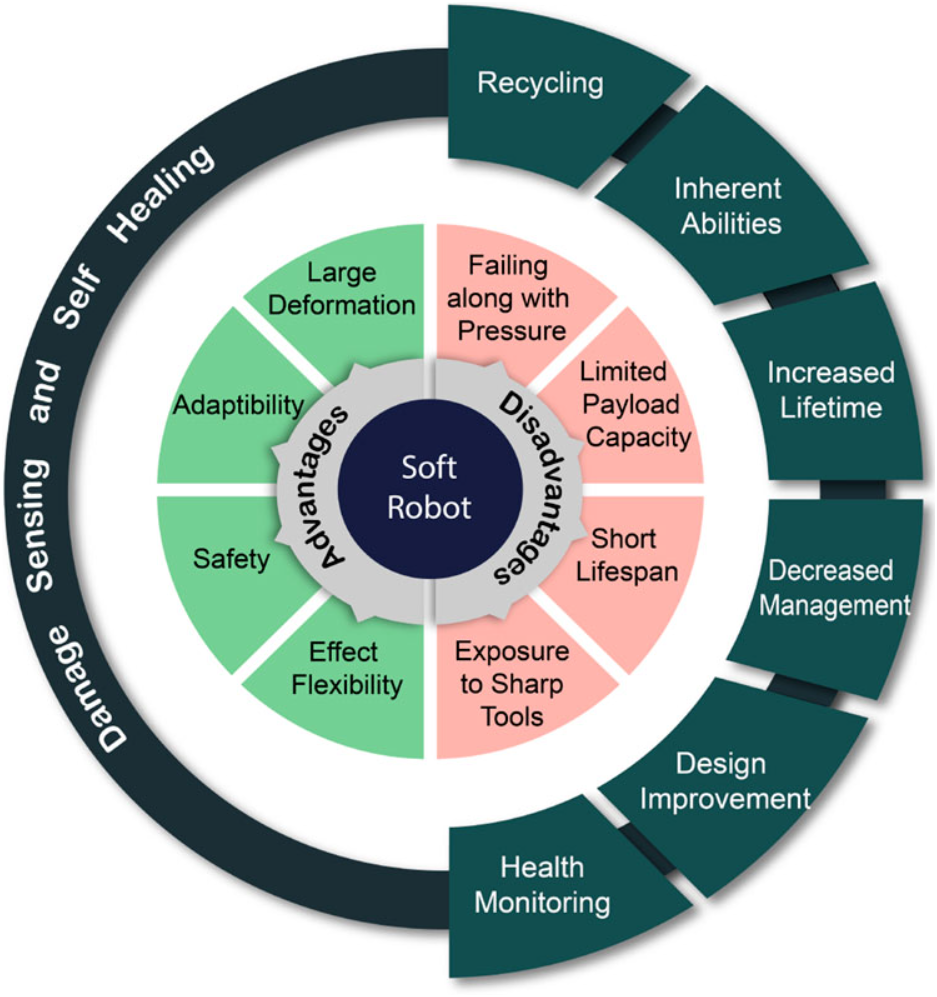In the realm of medical bionics, soft robotics is emerging as a transformative technology, revolutionizing the design and functionality of medical devices. Unlike traditional rigid robots, soft robotics utilizes flexible and compliant materials that mimic the properties of biological tissues. This innovation opens up new possibilities for safer, more adaptable, and more effective medical treatments and prosthetics.
Understanding Soft Robotics in Medical Bionics
Soft robotics involves creating robots with flexible structures and materials inspired by biological organisms. In medical bionics, these devices interact with human tissues and organs more naturally and safely than rigid robots, benefiting prosthetics, surgical tools, and wearable medical devices.

Applications and Examples
Soft robotics is revolutionizing the field of medical bionics. These robots are made from soft, flexible materials, allowing them to interact with human tissue in a safer and more comfortable way compared to traditional rigid robots. Soft robots are making a significant impact in various medical areas. They are being developed for use in prosthetics, creating lightweight and flexible limbs that can mimic natural movement and improve user experience. In surgical robotics, soft robots offer precise tools for minimally invasive procedures, minimizing tissue trauma and promoting faster recovery times. Additionally, wearable soft devices are being designed to assist people with impairments, helping them with mobility and enhancing their ability to perform daily activities.
Advantages of Soft Robotics
The unique properties of soft robots offer several advantages in the medical field. Safety and comfort are paramount when dealing with human tissues. Soft robots pose a lower risk of injury or discomfort during interaction with patients. Their adaptability allows them to conform to natural movements and body contours, leading to improved usability and patient experience. Furthermore, the versatility of soft robots allows them to be applied in diverse medical fields, offering a wide range of innovative solutions for healthcare.
Challenges and Future Directions
Despite the promise they hold, soft robots in medical applications still face some challenges. Material durability is a key concern, as ensuring these robots can withstand the varying conditions they may encounter in healthcare settings is crucial. Additionally, integrating soft robots with electronics like sensors and actuators is essential for enhanced control and functionality. Finally, navigating the regulatory process for approval in clinical use is important to ensure patient safety and pave the way for widespread adoption.
Conclusion
Soft robotics in medical bionics offers a glimpse into a future with innovative solutions that can significantly improve patient outcomes. Responsible development that prioritizes safety and ethical considerations will drive future advancements in this field. Soft robots have the potential to transform medical practice and enhance the quality of life for countless individuals.